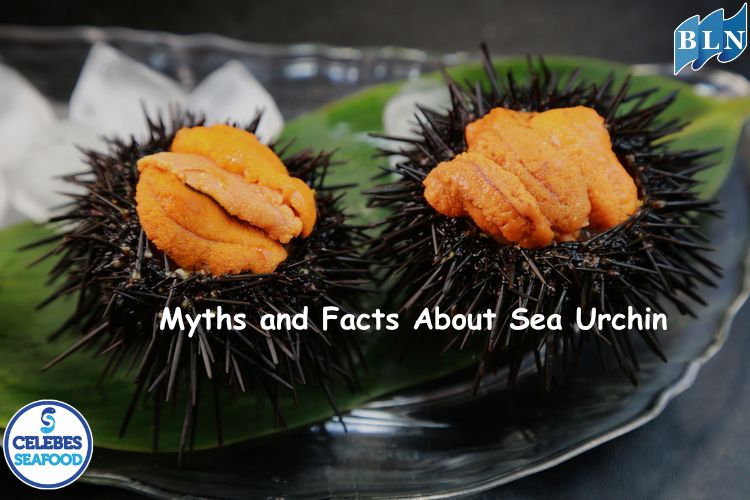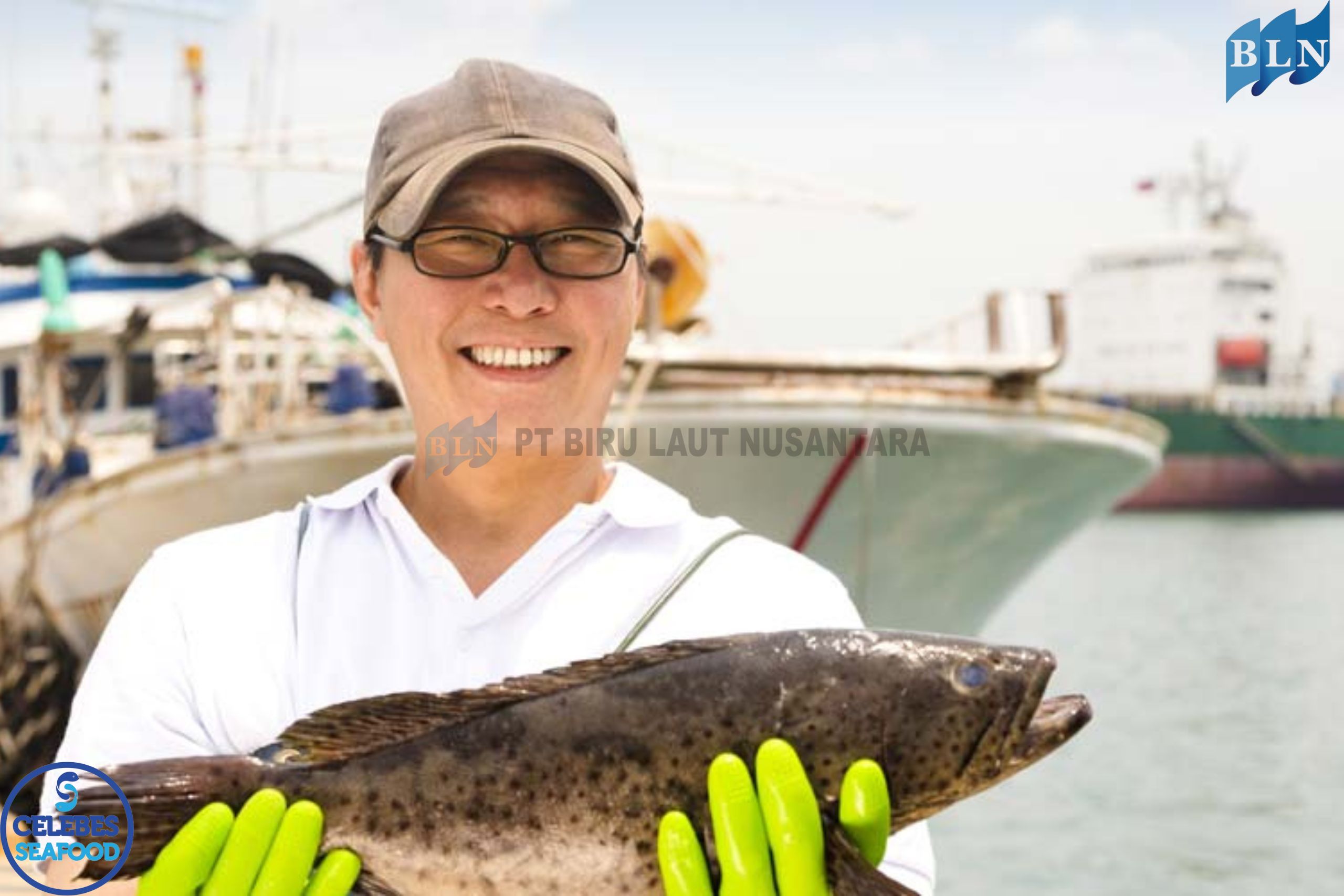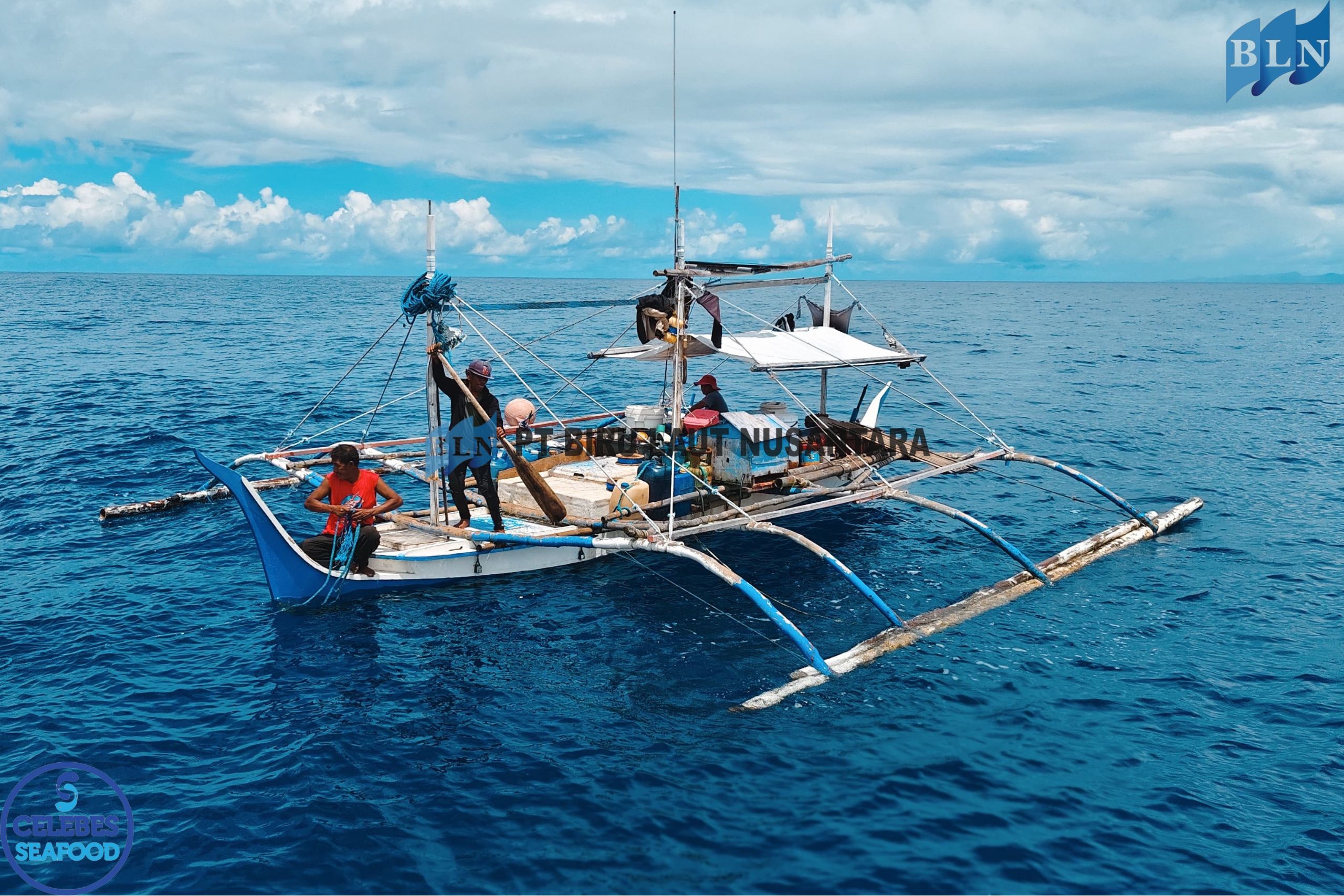Learn 5 Ways To Preserving Fish
By. Nevanda - 03 Apr 2023
lautnusantara.com - People have been preserving fish for thousands of years by drying, pickling, salting, and smoking. Although ancient techniques are still used to this day, fish are now being preserved by canning and freezing as well. Poorly preserved fish or inappropriate practices can result in food-borne pathogens such as Salmonella, E. coli, C. botulinum, or even noroviruses. In this guide, we explore the many ways to preserve fish. With this information and our help, you can preserve fish in a safe and sanitary way.
1. Canning, is the expensive process of fish preservation that usually widely used in advanced countries like America, France, Japan, and Spain. This is a lengthy, complicated but very advanced process of preservation. In this process, the best quality fishes are selected and their heads and viscera are removed. Then these eviscerated fishes are treated with brine (saltwater), washed, dried, and cooked in olive oil. Then the cooked fishes are packed in olive oil in tins and sealed and sent to markets.
Read also: 7 Atlantic Halibut Things You Should Know
2. Smoking, involved fished that are preserbed by the treatment of wood smoke. There are two types of smoking; hot smoking and cold smoking. For cold smoking, fishes are dried, salted, exposed to the smokeless fire (38°C), and then processed for real smoke at 28°C. For the hot smoking process, fresh fish is used and fish are subjected at 130°C on strong fire which is followed by smoking at 40°C.
3. Salting, is a very old and common practice used in fish preservation in many parts of the world. Salting is nothing but the partial dehydration of fishes by osmosis with sodium chloride. Due to intense salting, microbes are killed and diastasis is stopped. In this process before salting, the heads of the fishes are removed, gutted and washed, and then salted as soon as possible.
Read also: The Long Process to Make Bonito Flakes
4. Drying, this is also a very old and common practice of fish preservation adopted by tropical countries like Indonesia, India, Japan, China, and others where sun rays are very powerful to dry the fishes easily. Sunlight is the cheapest and most abundant source of heat energy used for drying purposes.
5. Deep-freezing, this method of fish preservation is used for large periods of preservation. It is a more effective but costly process. Before freezing, fishes are washed properly and kept at a temperature of -18°C for a longer period. For this process, only the fresh fish in good condition are deep-frozen. Before keeping the fish in this process, the heads of large fishes are removed and they are also gutted and washed. This process is without spoilage and fish can be kept for a longer period.
Read also: 5 Interesting Facts of Colossal Squid








